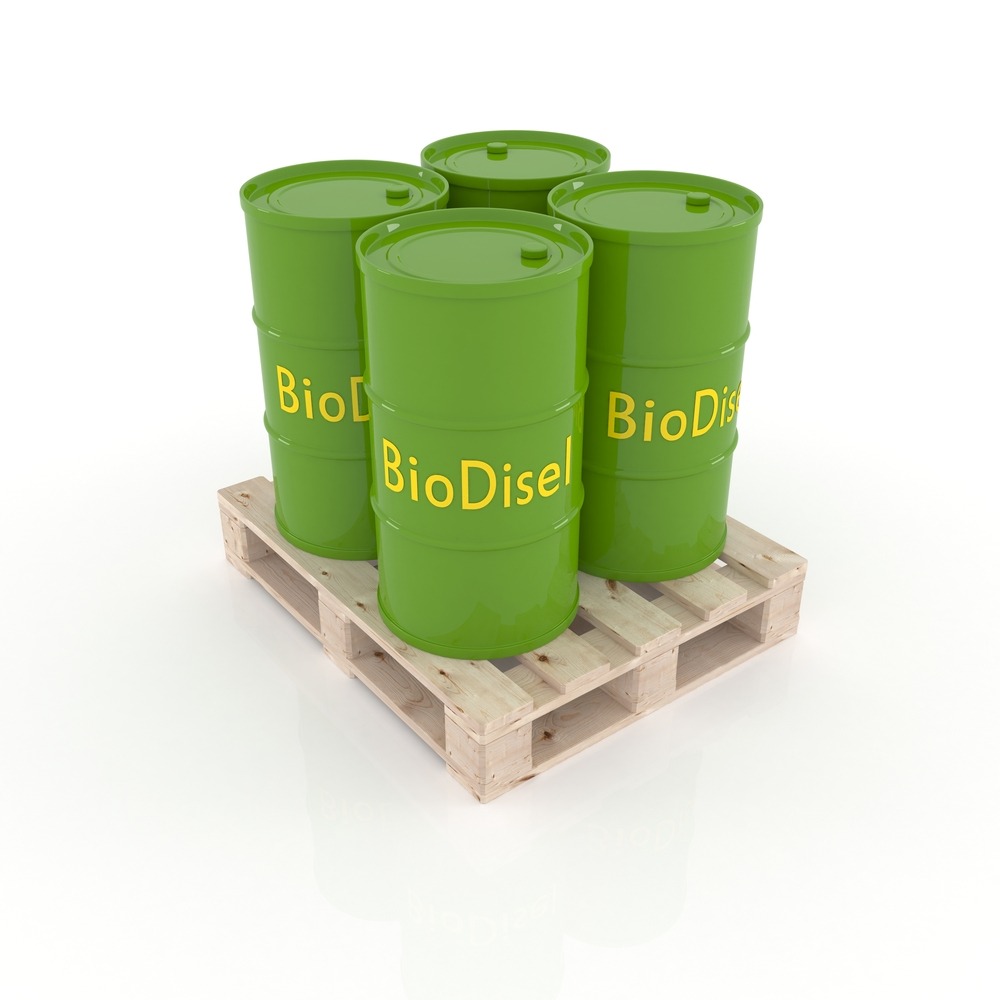
Despite the expiration of the federal biodiesel blender’s tax credit at the end of 2016, biodiesel production has been on the rise in the United States, according to the U.S. Energy Information Administration (EIA).
In fact, 2017 has seen U.S. biodiesel production levels rise over those of the previous year, fueled by other state and federal incentives. Those numbers could rise still further, by the EIA’s estimation, with alterations of import policy, like the heavier standards now being put on biodiesel imports from Argentina and Indonesia.
The EIA also pointed out that domestic producers still have reason to believe the biodiesel blender’s tax credit could make a comeback. This is not the first time that credit has been allowed to expire. Previously, Congress has voted to reinstate it retroactively, which meant that long term, these companies still got their due.
Biodiesel production in the United States is concentrated in the Midwest and distributed largely by truck and rail elsewhere. However, since 2014, foreign biodiesel imports have been rising in the East Coast and Gulf Coast regions. In 2016, those imports from Argentina alone reached 449 million gallons and a full 20 percent of U.S. biodiesel consumption.
The changes to biodiesel import standards are in response to an investigation by the U.S. Department of Commerce over whether Argentina and Indonesia have put U.S. biodiesel producers at a disadvantage. The U.S. International Trade Commission reached similar findings to theirs, and thus, rates have been assigned to those countries between 34 percent and 72 percent, with variances accounting for producer or importer. With another investigation ongoing in a push toward antidumping as well, the EIA points out that these orders may more than double the price of imports from those countries in the future.
As a result, contracts for biodiesel from those countries is already slowing, leaving room for U.S. biodiesel fuel production to grow.